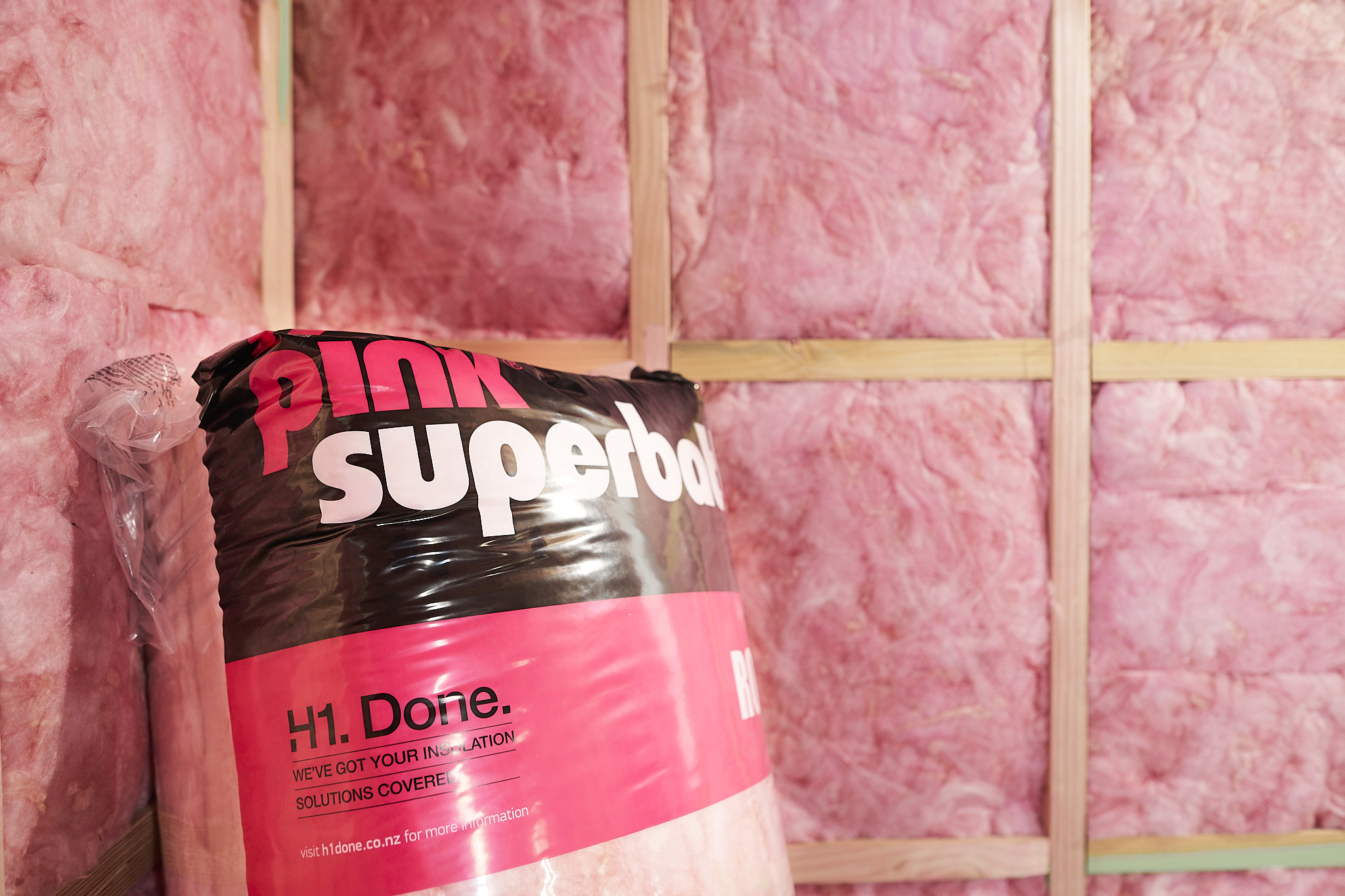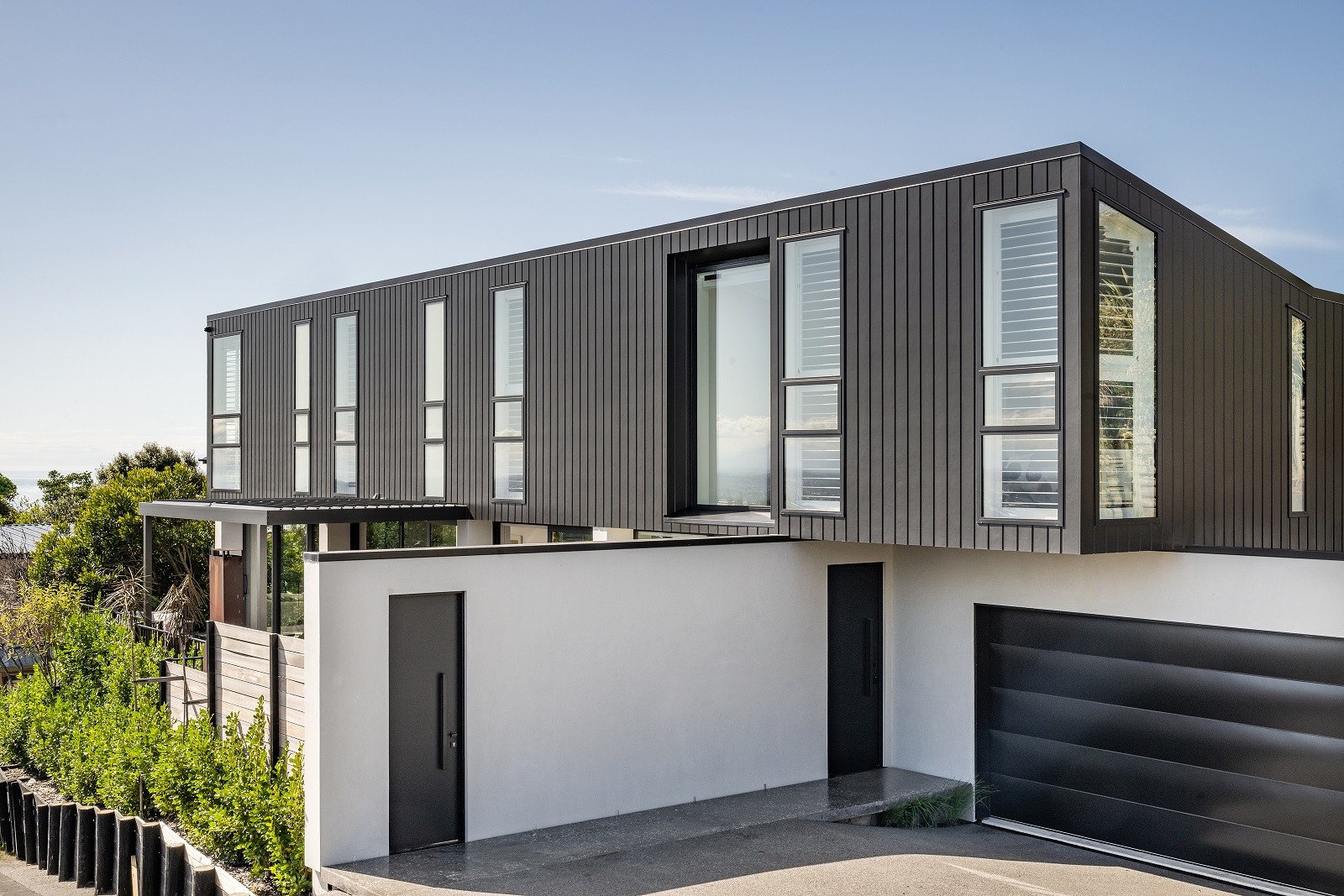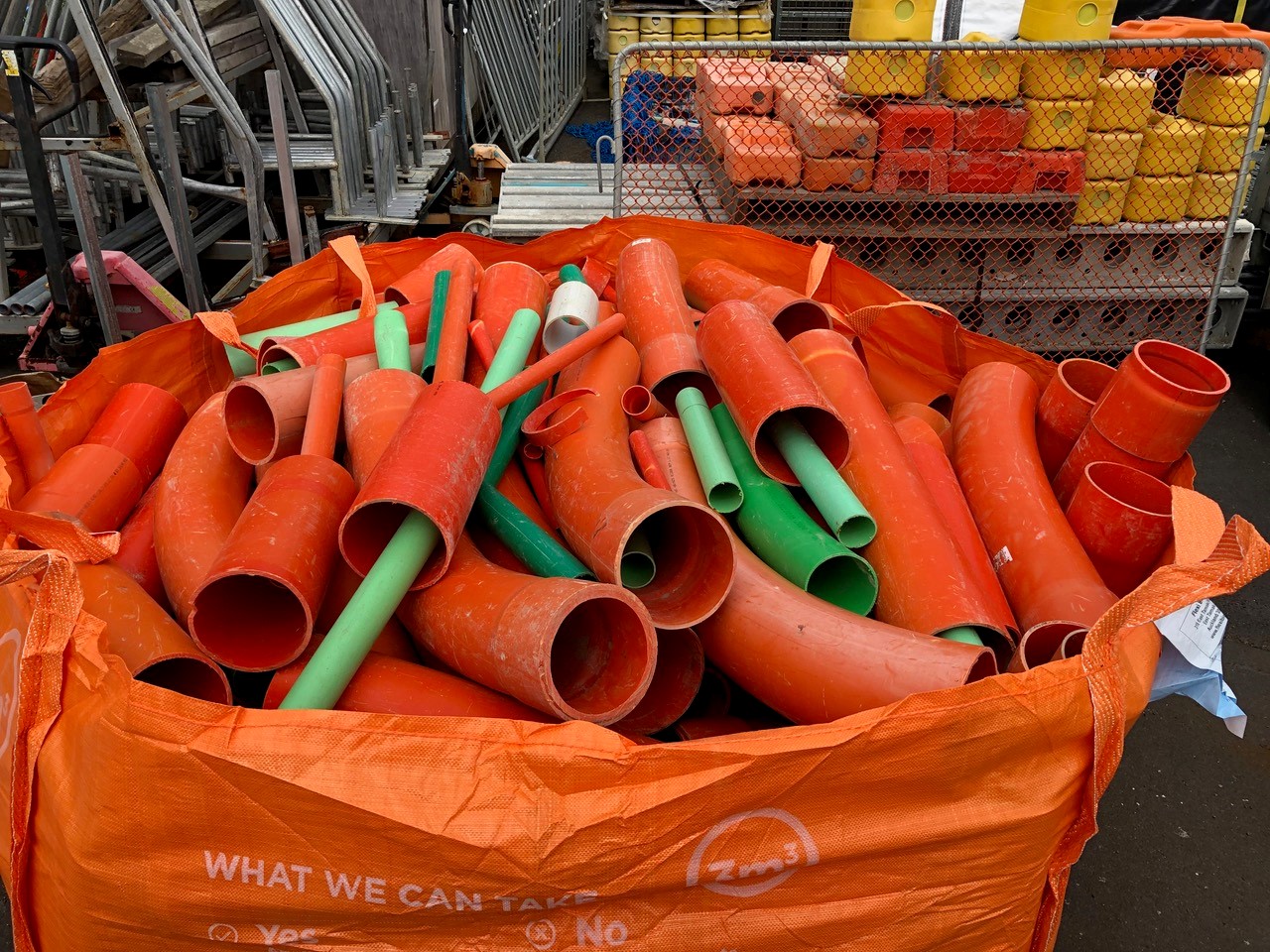Artificial Threat
We started the year with a huge wave of commentary predicting how a technology leap in Artificial Intelligence (AI) was set to cause the demise of many job types throughout the world. Feeding off a McKinsey report stated that in about 60% of all occupations, one-third of jobs could be automated – suddenly every news item and conference was full of it.
That led the architectural and engineering industry to start asking the questions about their industry’s own mortality, including articles such as Sebastien Lucas’s paper; ‘Surviving the end of architecture’, writing: “While job-stealing-robots are not yet at our doors, architects should consider themselves temporarily safe; on the other hand, “architectural drafters”, consider yourself warned.”
By year-end though, the intensity of the conversation had eased to how AI would enable humans rather than replace them.
As founder and CEO of digital design agency Proving Ground, Nate Miller said of AI, “where it’s applied, it isn’t used as a replacement for human thinking or problem-solving. It’s meant to be an accelerator that positions the computer to handle certain things that a computer is really good at.”
Robot Rennaissance
That said, the catalogue of amazing technology-enabled building projects is rapidly growing.
Apart from smaller, more-experiential organic inspired structures, some much bigger projects featuring AI and robotic interaction are coming to the fore.
Archi-Union Architects completed a conference centre on Shanghai’s West Bund in just 100 days, using AI and robot-assisted design and construction. Called Venue B, the centre was built to host an AI (artificial intelligence) conference, and features some of the most lightweight structures available in modern buildings, thanks to the combination of algorithms used in the planning stages and prefabricated construction methods.
Both courtyards are covered with a digital prefabricated timber vaulted roof, in which the larger one has a span of 40 metres and its structural thickness is only about 0.5 metres, making it the most economical inter-supported steel-wood roof in the world.
The project could be seen as a victory for those who say that robots will make dramatic productivity improvement possible – a light year away from the hammer-wielding builder of the past.
Printed Cities
And while complex and innovative 3D printed components have become increasingly commonplace in construction projects, predictions are Digital 3D printing is about to step up to a new level altogether.
This was best illustrated by a statement by Dubai’s Future Foundation that one of the nation’s key goals is to build 25 percent of all new buildings by 3D printing, by 2025, potentially reducing the workforce by 70% .
Proving it is possible, a Dubai construction firm called Cazza used ‘crane printing’ to produce the world’s first 3D printed skyscraper. But the experimental process had its issues. Cazza CEO Henrik Lund-Nielsen has spoken openly about the delays and the unexpected complexities of 3D printing:
“It is still a great technology with a huge potential, but the present performance is not as mind blowing as the media has reported.”
Prefab vs PreBuild
New Zealand isn’t alone in grappling with a housing shortage and the triple threat of a shortage of land for building, skilled-labour shortage and increased construction costs.
So, the push for prefabrication to speed the building process is growing.
Chicago’s Skender Architects are completing a 110-unit, 80,000-square-foot, six-story building entirely from prefabricated units, claiming a construction speed of about 30 to 40 percent faster than traditional building process and a reduction in total project development costs of between 10 to 20 percent.
Closer to home, Craig Wilson Associate Director of TOA Architects is also bullish about the potential for prefabrication in New Zealand, utilising prefabricated panels to simplify builds. But he says there’s still a list of practical issues to be resolved.
“Prefabrication is more than standard building being done in a shed, it requires some kind of innovation. Build the same old way in a shed, you take the weather out as a factor, but you’re potentially adding huge transport costs,” he said.
KiwiBuild
The vision of thousands of perfectly built pre-fabricated homes coming off the production line must be very appealing to the New Zealand Government, which is seeing its 100,000 home Kiwibuild plan well behind schedule.
So far, just 33 have been completed, with 77 more on the way and a pipeline for many thousands more slated to begin construction in the large urban development projects announced in Auckland and Wellington.
A key point of discussion has been the cost of the ‘affordable’ homes ($500,000 to $650,000) and the incomes of the purchasers, with a household income of no more than $120,000 for a single purchaser or $180,000 household income. Critics have pointed to both of those metrics as being far more middle-class than was originally suggested.
A key issue is access to development land and the Government has been roundly criticised for using current state housing land for Kiwibuild developments, in essence, privatising publicly-owned land.
2019 is set to be an important year for Kiwibuild with a need for the programme to show some real, substantial progress or criticism will kick up to a whole new level.
Construction Collapses
Ebert Construction went into receivership owing about $40m, Fletcher Building announced it had lost $660 million for the 2018 financial year, Christchurch company Maven Interior failed… In the middle of New Zealand’s biggest construction boom in decades, how is this happening?
Super-thin margins to begin with, combined with project delays and rising prices for subbies and building materials can put a building project into the red in no time.
And law changes after the disastrous collapse in 2013 of Mainzeal, which left more than 1000 tradies not just out of pocket for retained payments worth a total of $18 million, led to amendments to the Construction Contracts Act in 2015, so that subbies‘ payments were held in trust – further reducing the cash-flow of the contractors.
That should have made business safer for subbies, but in October the 2018 BDO Construction Survey revealed that nearly one third of construction companies in New Zealand aren’t complying with the new retentions law.
Graham Burke, President of NZSTCF, says non-compliance with retention law is just one of a myriad of issues facing the sector. “The system is broken and we need a new model. We have had more than 20 years of financial failures. There is not enough cash in the system, contractors have no certainty, margins are too low and they are taking on too much risk.”
Professor John Tookey of AUT simplifies it further: It’s very straightforward. It’s called risk. Risk is everything. Cost is a risk, time is a risk, quality is a risk, everything is a risk.”
Industry Insider will return in February 2019 with more information, products and inspirational projects. We welcome your feedback on any and all of these subjects, and we hope that you and your associates have a wonderful family-focused Christmas break before the madness begins again.




